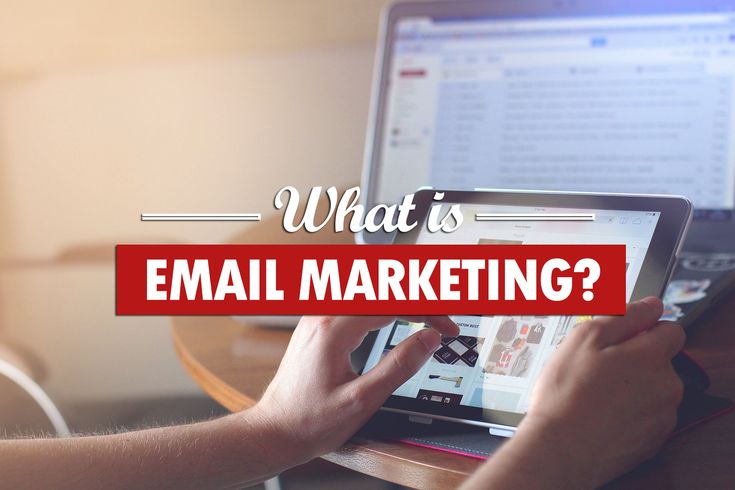FUTURE OF CONTENT MARKETING: TREND AND STRATEGIES
FUTURE OF CONTENT MARKETING: TREND AND STRATEGIES Content marketing is growing faster than many teams can keep up with. To win attention, links, and conversions, marketers must blend creative, technical, and analytical workflows. Skylineseo.pk is here to guide explores FUTURE OF CONTENT MARKETING, TREND AND STRATEGIES , featuring actionable tactics for video-first publishing, ethical AI integration, interactive personalization, voice and long-tail optimization, and evergreen content maintenance. You’ll find clear execution steps, quick wins for traffic and backlinks, and a 90-day playbook to test and scale results. WHY THIS MATTERS NOW Attention is the short marketing resource. Moreover, platforms reward engagement signals such as watch time, dwell time, and click-throughs. As a result, search engines are increasingly using AI and structured data to determine what to surface. Therefore, if you ignore FUTURE OF CONTENT MARKETING, TREND AND STRATEGIES , you risk losing market share to brands that combine rapid experimentation with strong fundamentals like evergreen pillars and back linkable assets. 1) VIDEO CONTENT DOMINATES: FORMAT-DISTRIBUTION PLAYBOOK Both short-form and long-form videos drive engagement. In fact, data show video formats routinely top usage and ROI across industries. Therefore, use video to: Lead with short social clips for awareness, then direct viewers to longer explainer videos or landing pages for conversion. Add transcripts and structured data (Video Object schema) so search engines and accessibility tools can index content. Finally combine video with text, embed clips above the fold on pillar pages to improve dwell time and reduce bounce rates. QUICK TACTICAL CHECKLIST: Publish a 60–90-second social clip and a 6–10-minute explainer per campaign. Create a 200–400-word summary below each video, including key timestamps, to enhance search visibility. Use YouTube chapters and pin a strong CTA in the video description to drive conversions. 2) THE RISE OF ARTIFICIAL INTELIGENCE: HOW TO USE AI ETHICALLY AND EFFECTIVELY AI is not a magic content factory; it’s an accelerator. Instead, use it to speed research, generate outlines, produce A/B variations, and personalize copy, but always human-edit for brand voice and accuracy. HOW TEAMS SHOULD ADOPT AI: Utilize AI for ideation and SEO-first outlines, then integrate human storytelling and verified facts to create a comprehensive content strategy. Let AI suggest topic group and internal linking; perform editorial QA before publishing. Test AI-generated variations (headlines, CTAs) in controlled A/B tests and measure real engagement metrics. Practical AI risks and mitigations: Risk: generic, repetitive content. Mitigation: require unique research or proprietary data per article. Cons: factual drift. Mitigation: ensure human verification and include citations for all claims. 3) INTERACTIVE AND PERSONALIZED CONTENT: ENGAGEMENT THAT CONVERTS For examples the formats such as quizzes, calculators, configurators, and AR try-ons increase time on site and improve lead capture. Additionally, personalization makes content feel more relevant and increases conversion rates. ACTION PLAN: To begin with one interactive asset, such as an ROI calculator, product matcher, or short quiz, that segments visitors by intent. Tie responses into personalized email flows and retargeting audiences. Use collected first-party data to inform future content topics and outreach. Why does this drive back-links: Data-driven interactive tools are highly shareable. Consequently, other sites and blogs link to resources that save readers time, which helps build domain authority faster than thin, repetitive pieces. 4) VOICE SEARCH AND LONG TAIL KEYWORDS: OPTIMIZE FOR CONVERSATIONAL QUERIES Voice search changes how people ask questions: queries grow longer and more conversational. Therefore, target natural, question-based headings and concise answers for featured snippets. OPTIMIZATION CHECKLIST: Create FAQ blocks and H2s phrased as full conversational questions. Write succinct answers (40–60 words) immediately after those questions to increase snippet chances. Optimize for local intent and “near me” variants when relevant. Consequently, this approach captures voice traffic and enhances visibility for long-tail intent, which often converts more effectively. (Voice search also influences how you build FAQ schemas and structure content.) 5) THE IMPORTANCE OF EVERGREEN CONTENT: THE COMPOUNDING ASSET Evergreen content remains a backbone for sustainable traffic. Therefore, unlike short-term trend pieces, this type of content delivers returns year after year if properly maintained. MAINTENANCE ROUTINE: Identify pillar pages central to your brand. Schedule reviews every 3–6 months to refresh data, update visuals, and add internal links. Convert evergreen pages into resource hubs with downloadable templates or checklists to collect leads. As a result, evergreen content powers conversions and reduces turn in organic performance. When you update one pillar page, downstream posts often regain rankings through refreshed internal links and relevance. 6) PUTTING IT ALL TOGETHER: A 90 DAY TEST & SCALE PLAN AUDIT & HYPOTHESIS (DAYS 1-30) Audit the top 20 pages for traffic, engagement, and conversion potential. Next, identify one pillar page to convert into a video + resource hub. Finally, select one interactive idea (such as a calculator or quiz) and create a prototype. LAUNCH & MEASURE (DAYS 31-60) Publish a short video series + landing page with tracked CTAs. Launch the interactive tool and integrate form capture + email nurture. Run controlled paid amplification for 2–4 high-performing pieces. ITERATE & SCALE (DAYS 61-90) After reviewing results, expand formats that work (e.g., create five more short-form videos from the top performer). Next, begin outreach for backlink acquisition using the interactive asset and any original data. Finally, audit and refresh two core evergreen pages. Therefore this test-and-scale framework strikes a balance between rapid experimentation and long-term asset building. SEO, CONTENT & BACKLINK TACTICS THAT ACTUALLY WORK Develop linkable assets: original data, templates, and interactive tools attract high-quality links. Combine multiple formats — every long article should include a video, an infographic, and at least one gated asset. Implement structured data & schema: apply FAQ, VideoObject, and Article markup for enhanced SERP features. Maintain strong internal linking velocity: each new post should point to 1–2 priority pages to strengthen authority signals. Focus outreach on value: personalized pitches with unique data achieve higher pickup rates.. MEASURING SUCCESS: THE RIGHT KPIs Engagement metrics: view time, time on page, and pages per session. Acquisition: organic traffic, voice query impressions, referral traffic. Conversion: micro-conversions (form fills, downloads) and macro



